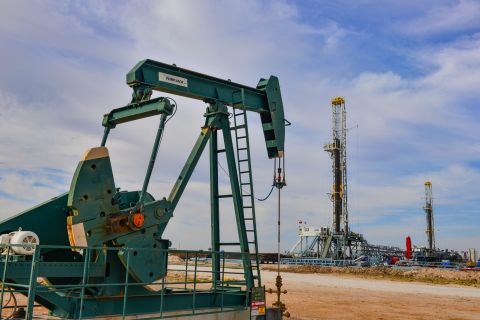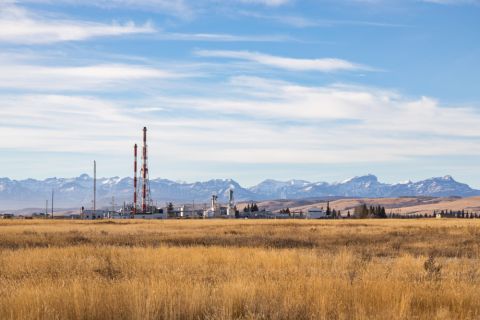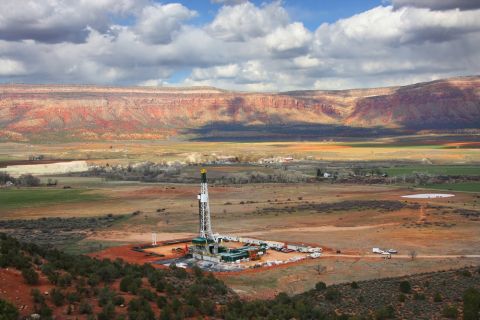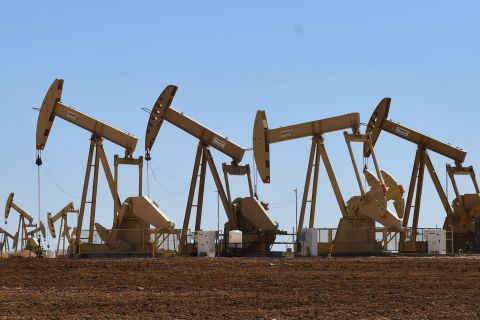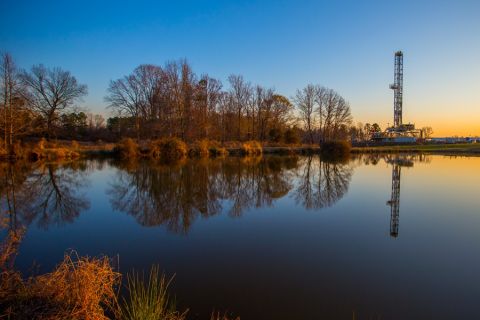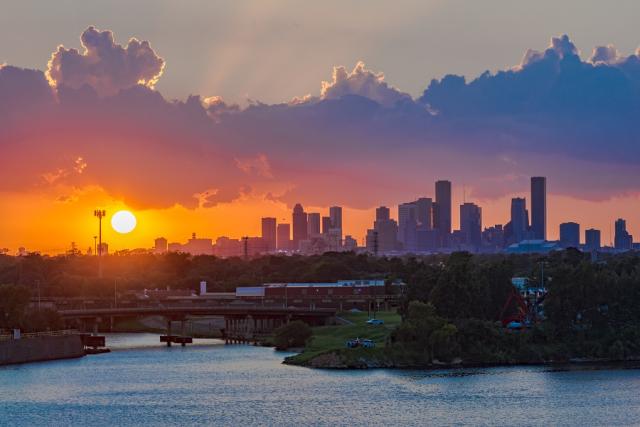
Comstock Resources is putting modern horizontals and frac jobs into the deep Bossier, long known to be a super-stocked natgas tank. It’s looking like the new recipe works. (Source: Shutterstock.com)
Comstock Resources Inc.’s “western Haynesville” play that’s testing the Bossier with modern-fracked horizontals north of Houston has produced a 42 MMcfe/d well in Robertson County, Texas, the company said recently.
The extremely far Haynesville/Bossier “stepout” from the Texas/Louisiana border is at the intersection of the easternmost end of the Eagle Ford and the westernmost end of the appearance of Haynesville and Bossier.
It’s so far afield that Enverus puts Comstock’s two rigs in the area in its Eagle Ford rig count.
The newest well, Cazey Black A #1H’s 42 MMcfe/d came from 7,900 ft of lateral landed in the Lower Bossier.
"It’s the very beginning of the game.” — Jay Allison, Comstock Resources
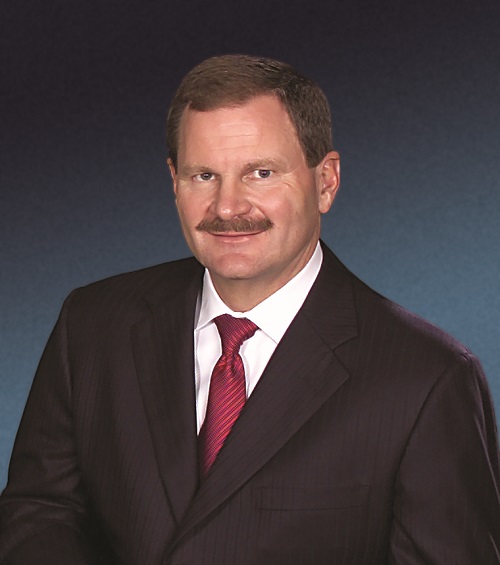
Comstock’s first well in the stepout, Circle M #1H and also in Robertson County, came in at 37 MMcf/d, also from a 7,900-ft lateral in the Lower Bossier, in April 2022.
Eastern Robertson already hosts Amoruso Field in the deep Bossier at up to 19,000 ft; abutting it across the Navasota River in western Leon County is the Hilltop Resort Field, also deep Bossier.
“This is a deep, overpressured monster,” geologist Peggy Williams reported in Oil and Gas Investor in 2008 in “Deep, Tight Gas.” Wells were still vertical at the time, but ultimate recovery was estimated at 13 Bcf.
Jurassic Edge
The late geologist John Amoruso’s idea behind his prospect “was that pulses of sands had flowed off the Jurassic shelf edge and characteristics of the shelf edge affected where the sands had accumulated,” Williams wrote.
Amoruso said, “I looked for the most likely place a concentration of these sands could be found over the Jurassic shelf edge.”
Across the river, Hilltop’s discovery well was drilled in 2003 by Gastar Exploration Ltd. The Donelson #3 contained ultimate reserves of 10.9 Bcf and came on with 24 MMcf/d. After six months, it was producing 13.7 MMcf/d from a single-zone completion.
The temperature was up to 425 F; initial pressure, 17,000 pounds per square inch (psi). Wells then cost between $10 million and $12 million.
To date, Comstock’s 98,000 net acres of leasehold stretch across the Amoruso and Hilltop areas, west of Interstate 45. The area is roughly equidistant to Dallas and Houston.
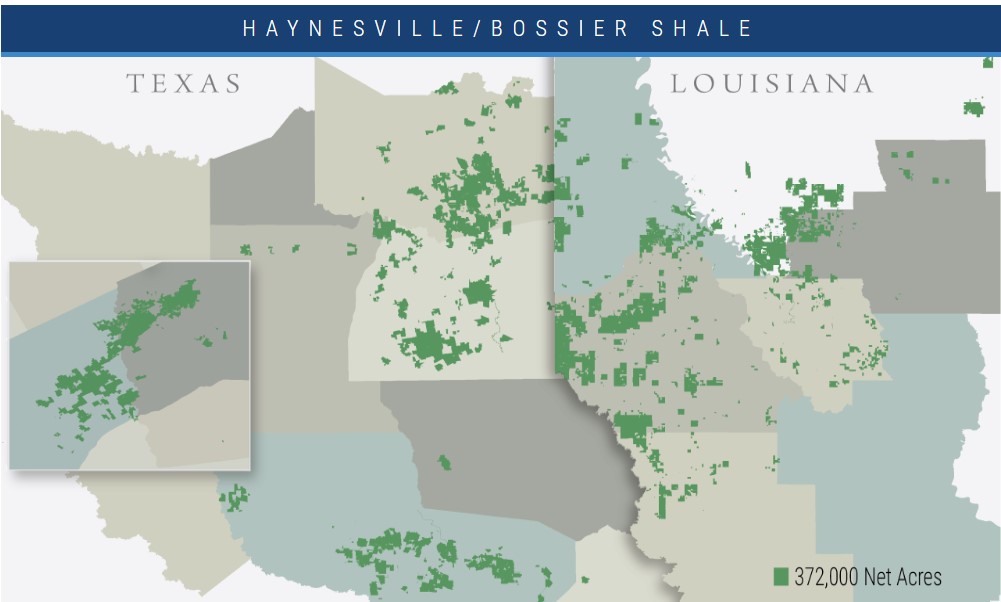
Roland Burns, Comstock president and CFO, said in a Feb. 14 earnings call that the company feels “like we’ll substantially complete capturing the best part of this play this year. I would say that we’re more than half done.”
The Late Jurassic Bossier is similar in age to Cotton Valley sandstone. According to Williams, the Bossier in the Robertson/Leon area has porosity of 6% to 12% and permeability of 0.01 to 0.1 millidarcies.
Also of the Jurassic epoch, the Kimmeridgian-age Haynesville sits under the Tithonian Cotton Valley and Bossier.
Comstock is currently completing a third well in the new play, Campbell B #2H, with a 12,700-ft lateral, said Dan Harrison, Comstock COO, in the earnings call. This one was also landed in the Bossier.
Two rigs are currently drilling a fourth and fifth well, he added.
Comstock keeps busy in Haynesville
Elsewhere, Comstock plans to keep five rigs busy drilling its traditional Haynesville play in East Texas and northwestern Louisiana. It had a total of nine rigs at press time but was dropping two due to softened gas futures.
Jay Allison, Comstock chairman and CEO, said, “If all that acreage ends up being Tier One acreage, who knows? But if it did, then that’s where we would have our drilling rigs.”
Comstock’s core Haynesville is HBP, “so we can swing [rigs] back and forth. That’s unusual too, but that’s how we looked at this.”
Harrison said of the new play: “We knew this would be a little bit of a learning curve, drilling these wells down here [south of Dallas] versus our core.” Operators’ thousands of existing, core Haynesville-play wells to date have become “very predictable and consistent.” The new-play wells are wildcats.
But the western Haynesville tests to date “have exceeded our expectations,” he added.
Allison said, “We just have two wells. It’s the very beginning of the game.”
In addition to further delineation of the leasehold, Comstock is working on drilling the expansion play faster, which would be “essentially like adding another rig to the play,” Harrison said.
Company-wide 2023 capex is estimated at about $1 billion, including for delineation of the new leasehold where it plans eight wells.
“We increased our Haynesville-Bossier shale footprint by almost 100,000 net acres in 2022 [for $54.1 million] without paying billions and billions of dollars for an M&A transaction,” Allison said.
The leasehold’s average cost was just $550/acre, taking Comstock’s overall portfolio to 470,000 net, which Allison said would “provide us with thousands of future drilling locations.”
The lone publicly traded Haynesville pureplay since selling its Williston Basin property in 2021 for $154 million in cash, Comstock currently produces more than 1.4 Bcfe/d. It is majority owned by Jerry Jones, owner of the Dallas Cowboys franchise.
RELATED
Tim Rezvan, analyst for KeyBanc Capital Markets, wrote that “management’s capital allocation plans—two of [the company’s total] seven rigs here [in the new play]—underscore its conviction in this area of Texas.”
Infrastructure will be needed to handle the average 5 MMcf/d per 1,000 ft of lateral, he added. Meanwhile, “the market will look to see if these initial rates hold for extended laterals, based on the 12,700-foot lateral being completed now.”
Jake Roberts, analyst for Tudor, Pickering, Holt & Co. wrote that the wells appear to have reserves of 2.3 Bcfe per lateral foot. On a 7,900-ft lateral, that would be 42 Bcfe.
In the earnings call, Rezvan asked for drilling and completion costs. Allison replied, “Yeah, it’s a little too early to make any comments on that. Good question.”
Recommended Reading
Mighty Midland Still Beckons Dealmakers
2024-04-05 - The Midland Basin is the center of U.S. oil drilling activity. But only those with the biggest balance sheets can afford to buy in the basin's core, following a historic consolidation trend.
Analyst: Chevron Duvernay Shale Assets May Sell in $900MM Range
2024-01-29 - E&Ps are turning north toward Canadian shale plays as Lower 48 M&A opportunities shrink, and Chevron aims to monetize its footprint in Alberta’s Duvernay play.
Uinta Basin's XCL Seeks FTC OK to Buy Altamont Energy
2024-03-07 - XCL Resources is seeking approval from the Federal Trade Commission to acquire fellow Utah producer Altamont Energy LLC.
Life on the Edge: Surge of Activity Ignites the Northern Midland Basin
2024-04-03 - Once a company with low outside expectations, Surge Energy is now a premier private producer in one of the world’s top shale plays.
Mesa III Reloads in Haynesville with Mineral, Royalty Acquisition
2024-04-03 - After Mesa II sold its Haynesville Shale portfolio to Franco-Nevada for $125 million late last year, Mesa Royalties III is jumping back into Louisiana and East Texas, as well as the Permian Basin.


